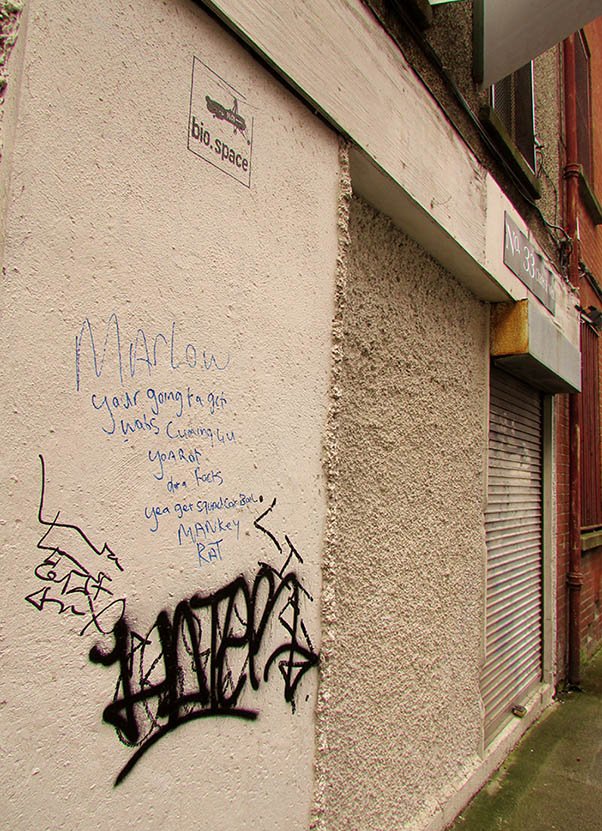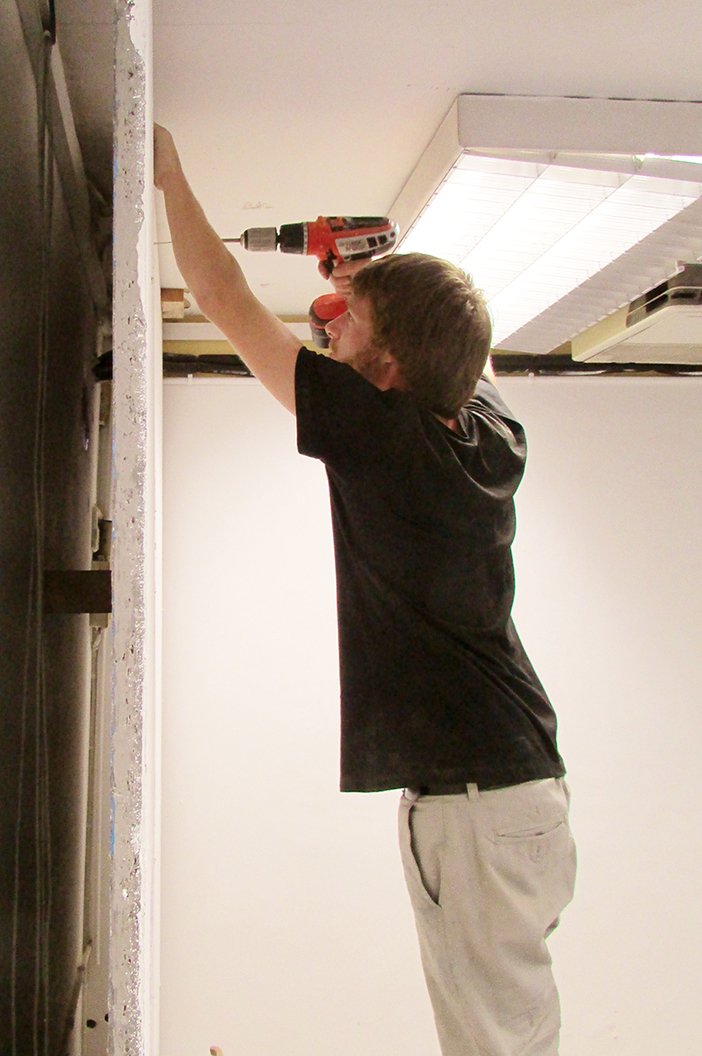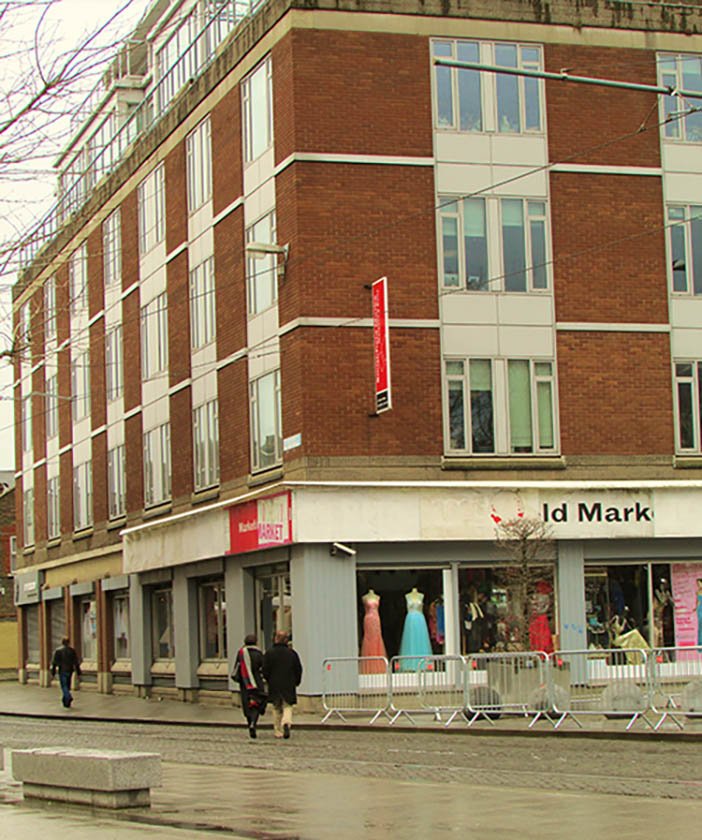The State of Visual Art Funding in Ireland |Part One
As the recession slowly lifts, there is hope that more support will be given to the arts in Ireland. However if the recovery is at a snails pace for many other industries, the recovery in the arts is infinitesimal. Artists must speak out.
According to the National Campaign for the Arts, public funding for the arts and culture in Ireland represents just 0.11% of our Gross Domestic Product. This puts us at the bottom of the European league table, compared with an average of 0.6%. The arts are in a dismal state. This article aims to highlight the state of visual art public funding in Ireland in general, particularly in Dublin. Though I understand this is a problem throughout the country, I am focusing on Dublin as it has the largest concentration of population. Part One will centre firstly on the economic status of the artist and secondly on the recent closure of visual art spaces and studios throughout Dublin.

Visual Artists Ireland is the representative body for professional artists in Ireland. It has a fresh contemporary view of visual art, supports and promotes experimental practices and is forward thinking. The National Campaign for the Arts (NCFA) is an independent not-for-profit organisation that seeks to put the arts on the governments agenda. Both these organisations are integral to the representation of artists in this country.

In 2012 Visual Artists Ireland launched its Ask! Has the Artist Been Paid campaign. This began a serious discussion about how visual artists are rarely paid and very often have to pay galleries small administration or submission fees to be included in exhibitions. Having to pay to exhibit artwork is a disgrace. Around the country, artists spend several months preparing for exhibitions, hundreds of hours of unpaid work, and they then have to pay to exhibit it, often after having been invited by the gallery to exhibit it in the first place. This practice by art galleries has to end. But it is complicated. Art spaces do not have enough funding and they have to pay their overheads. As a result artists are not paid. If a visual artist wants to concentrate fully on their practice, and concentrating fulling on a career is perceived as the best path to success, they must begin by signing onto social welfare. They are seen by the state and the general public as unemployed.
The hard working artist gets up every morning to work on their art, they research and they create, they apply for funding and exhibition opportunities, they go to exhibition openings, they network. There are many rejections and a splattering of successes. It is not easy. Other visual artists work part-time jobs or do internships in art galleries. From my personal experience, the working week is six and occasionally seven days long. So much energy goes into art or art related things – such as writing this article. The Social Economic & Fiscal Status of the Visual Artist in Ireland 2016 by Noel Kelly, Director of Visual Artists Ireland, is a new publication. It highlights the issues raised above regarding payment of visual artists. In 2013, 64% of artists earned less than €10,000 from creative & non-creative work. In 2008 this figure was 33%. Currently 76% of visual artists live in poverty and often rely on family members to support them. The major reason for this is a reduction in public funding for visual art since the beginning of the recession. The slight economic up turn of the last year has not been felt by visual artists.

The recession has also affected art spaces, galleries and studios. In Dublin alone since July 2014 eight art spaces and/or studios have closed. These include Block T, Broadstone Studios, Basic Space Moxie Studios, Mabos Project, Bio Space, The Joinery, and Market Studios. The most recent three spaces – Block T, Broadstone, Basic Space – housed over one hundred artists or creatives who now have to seek out alternative workspaces. Visual Artist Studios are currently in high demand in Dublin. Dublin City Council (DCC) have made a miniscule effort to provide affordable workspaces for artists. Instead they have focused on giving rehearsal spaces to dance and theatre groups. Dance and theatre events can generate income through ticket sales and thus are given more public support. Workspaces for visual artists and other creatives are sidelined. However DCC do put a large emphasis on the arts in general and they have acknowledge in their draft Development Plan 2016-2022 that there is a shortage of workspaces for visual artists. They have marked the creation of more studios as one of their challenges for the forthcoming years. Since 2011, DCC have implemented the Vacant Spaces Scheme. This has been both a successful and unsuccessful initiative, which makes use of five vacant spaces in the city. It currently houses ArtBox and has in the past housed Green on Red, MART and Basic Space. However this scheme could be pushed further than it has been as there are numerous amounts of vacant spaces in Dublin and throughout the country. The cut in funding and support for visual art spaces and their closures affects the public as much as the artists and art world. The cutting off of opportunities for artists to display and make contemporary art in affordable studios and spaces means that Irelands future as a cultural centre will be jeopardised.

Public funding for visual art needs to increase. Contemporary art is immensely diverse, it is difficult to pin down, but it is immensely satisfying to engage with. It will continue to exist and has to be supported by public funding, as private funders are mostly interested in the small manageable buyable artworks. Artists need to live, support families and have spaces to work in. Without public funding there would not be that immensely satisfying engagement with artworks that question. Without public funding there would be no grand scale gestures or temporal works that examine our world in imaginative ways. Without public funding visual art would not be able to develop- only very wealthy people would have the luxury of being artists.
So as the recession slowly lifts – Artists, you must speak out.
